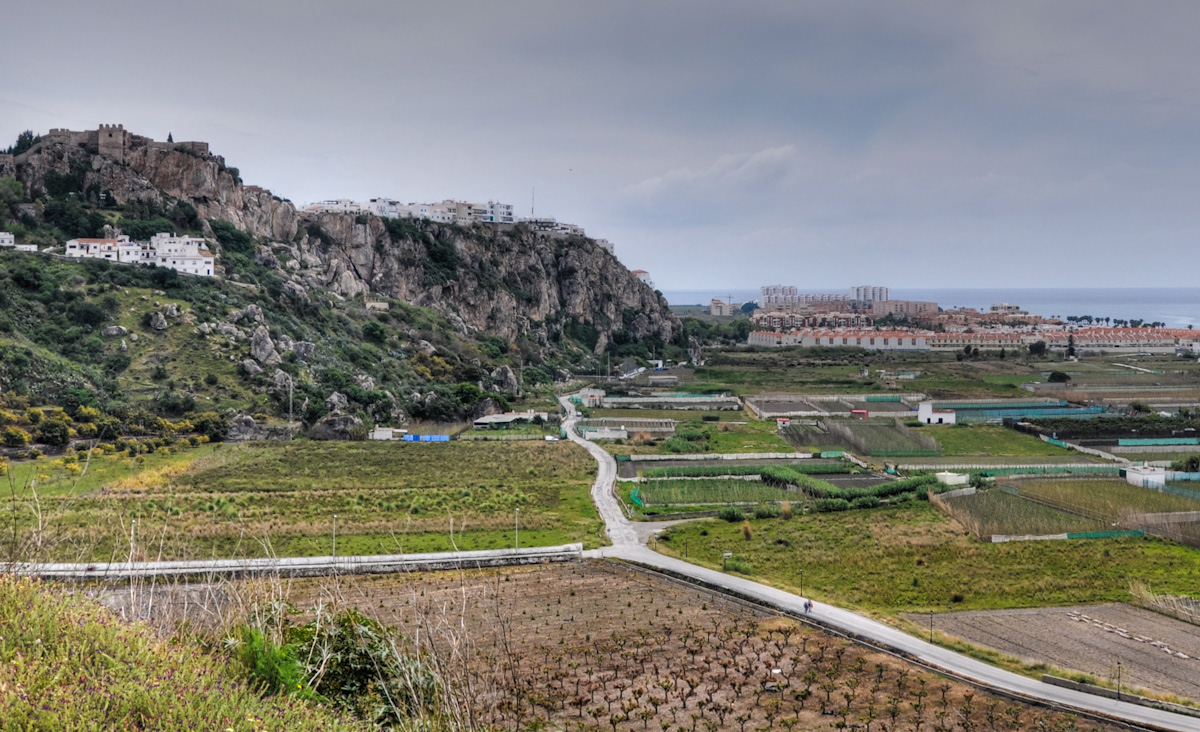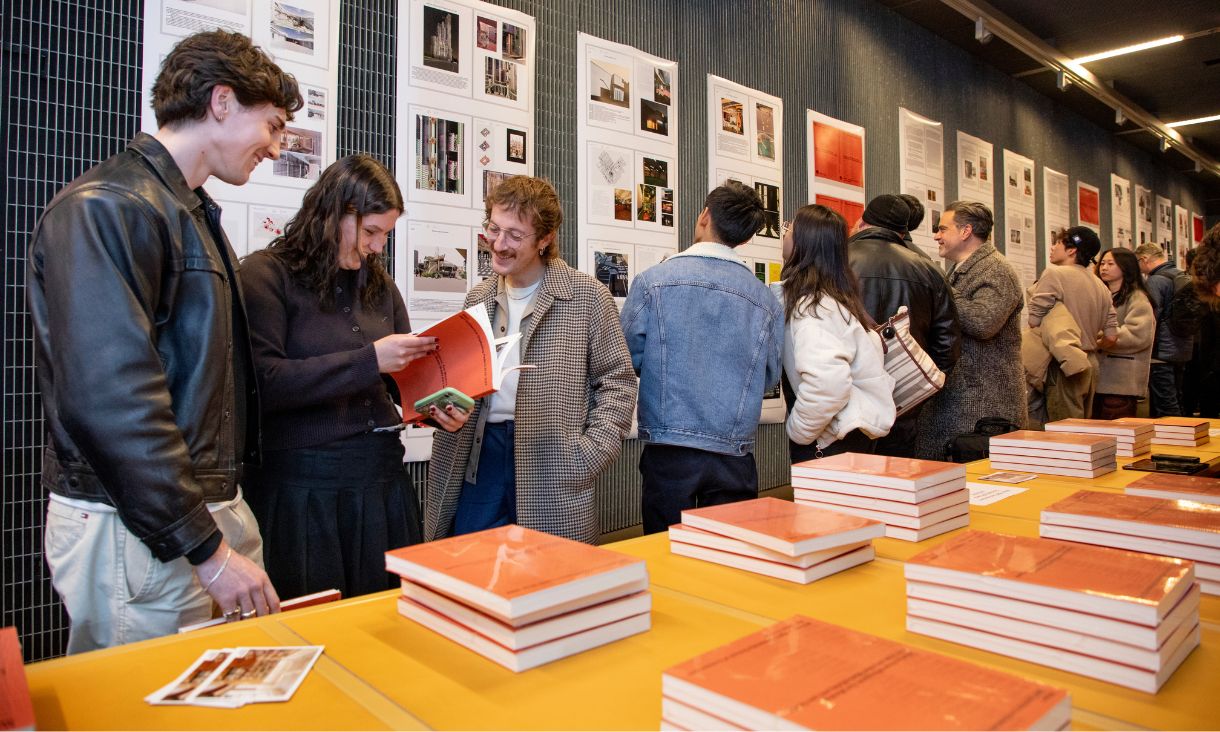At the heart of the plan was how to best leverage the new headquarters of a Spanish artisan winery located near Salobreña to help promote the region in a sustainable way.
The fourteen postgraduate students were mentored by RMIT’s Dr Malte Wagenfeld and RMIT Adjunct Professor Enric Ruiz-Geli, a leading Spanish architect. The group was hosted at RMIT Europe in Barcelona.
The project commenced with a brief from the winery, Calvente Wines, to design its new headquarters along with a visitor centre, restaurant and private residence for the owners.
But Wagenfeld, from RMIT's School of Architecture and Design, said that a bigger opportunity to transform the entire town was identified.
"The group's mentor Enric Ruiz-Geli identified the potential for students to connect the many unique and picturesque locations in Salobreña with the plan for the headquarters of Calvente Wines.
"The result, which was presented to the Mayor of Salobreña as well as the owner of Calvente Wines, saw the students develop a plan activating the town through an innovative tourist bicycle system featuring information and navigation apps and scenic trails," he said.
The students proposed for visitors to explore the town by bicycle and take in historic sites such as the nearby castle while on the way to Calvente Wines, where there would be a tour of the winery and lunch at the restaurant.
The students worked as a project team but were assigned tasks based on their expertise. Each task outcome flowed onto the next – a design methodology known as holistic design.
It saw students with scientific backgrounds researching areas such as the region's unique climate conditions and creating molecular models and visual representations to communicate with students working on the design components of the project.
This process saw the development of an innovative strategy to reimagine Salobreña as a cultural and historical experience for visitors.
RMIT postgraduate student Dinuki Sanjalee Gamage said that this approach not only enables visitors to witness the history of Calvente Wines but to also learn about the history and culture of Salobreña itself.
"It will be an experience that visitors will talk about with their friends and relatives," Gamage said.
The students' plan also focused on engaging with the town's residents.
Student Illiyanna Ibrahim said that the plan developed wasn't just for visitors.
"The purpose was to also increase awareness for residents on the rich history of Salobreña that stretches back some 6,000 years," Ibrahim said.
And what's next for the student project?
Wagenfeld said that the student work in Spain was a key part of the program's major design studio with the process and outcome diagrammed and presented at a project exhibition back in Melbourne.
"But what's also exciting is that our student project has got Calvente Wines and the town of Salobreña talking and now considering how to turn this into reality via a public-private partnership," he said.
Story: Andy Sondalini and Karen Matthews




